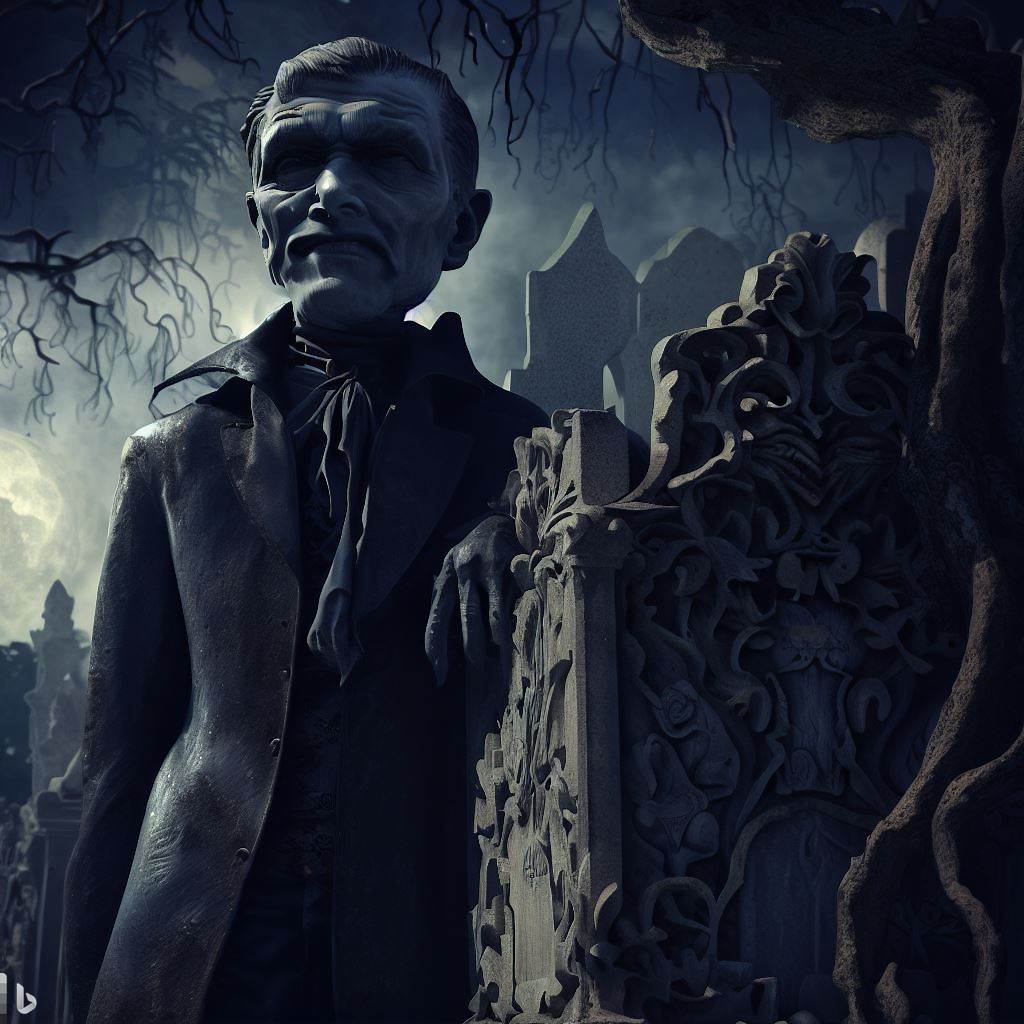
Have you ever found yourself buried under a mountain of books you no longer need, but can’t bear to part with? Or maybe you’re always on the lookout for your next great read? If either of these sounds like you, hosting a book swap party might be the perfect solution!
Why Host a Book Swap Party?
Hosting a book swap party is not only a fantastic way to declutter your shelves, but it’s also an opportunity to discover new books and make lasting connections with fellow book lovers.
Benefits of Book Swap Parties
Imagine the thrill of finding a new favorite book while sipping on your favorite beverage and chatting with like-minded people. By hosting a book swap party, you’re creating a space for people to bond over their shared love of reading, exchange recommendations, and enjoy each other’s company.
Planning Your Book Swap Party
To ensure your book swap party is a hit, there are a few important steps to consider during the planning process.
Selecting a Date and Time
Choose a date and time that works best for your guests, keeping in mind that weekends and evenings are generally more convenient.
Choosing the Venue
Pick a comfortable, inviting location for your party, whether it’s your living room, backyard, or a local community center.
Setting the Rules
Establish clear rules for the book swap, such as the minimum and a maximum number of books each guest should bring or any specific genres/themes you’d like to focus on.
Creating Invitations
Design eye-catching invitations that include all the necessary details and send them out to your guest list well in advance.
Preparing Refreshments
Plan a simple menu of snacks and drinks to keep your guests happy and energized throughout the event.
Organizing the Event
With the planning complete, it’s time to bring your book swap party to life!
Setting Up the Space
Create a welcoming atmosphere by arranging seating, setting up a designated book-swapping area, and adding any decorations or lighting to set the mood.
Arranging the Books
Organize the books by genre or author, and use labels or signs to help your guests easily find their next great read.
Facilitating the Swap
Explain the rules to your guests, and consider using a ticket system or drawing names to ensure everyone gets a fair chance at swapping their books.
Engaging Your Guests
A successful book swap party is more than just exchanging books; it’s also about creating connections and fostering an atmosphere of camaraderie.
Icebreakers and Activities
Plan a few icebreakers and activities to help your guests feel at ease and spark conversations. Consider book-themed games, such as literary trivia or a book-related scavenger hunt, to get people laughing and interacting.
Fostering Conversation
Encourage your guests to share their favorite books, authors, or reading experiences. This will not only help them connect on a deeper level but also create a memorable experience that they’ll cherish long after the party is over.
Wrapping Up and Follow-Up
As the party winds down, it’s important to leave a lasting impression and let your guests know how much their participation meant to you.
Thanking Your Guests
Express your gratitude to each guest for attending and contributing to the success of your book swap party. A heartfelt thank-you can go a long way in making them feel appreciated and eager to attend future events.
Sharing Photos and Memories
Capture the memories of your book swap party by taking photos and sharing them on social media or in a follow-up email. This not only helps solidify the connections made at the event but also serves as a reminder of the fantastic time everyone had.
Conclusion
Hosting a successful book swap party can be an incredibly rewarding experience. With careful planning, organization, and a focus on engaging your guests, you’ll create a memorable event that brings people together, expands their literary horizons, and fosters a love for reading. So go ahead, gather your fellow bookworms, and let the swapping begin!
FAQs
- How many books should each guest bring to a book swap party? A good rule of thumb is to ask guests to bring between 3 and 5 books, but this number can be adjusted based on your preferences and the size of your guest list.
- Do I need to provide refreshments for my book swap party? While not mandatory, offering light snacks and drinks can help create a more enjoyable atmosphere for your guests.
- What if someone doesn’t find a book they want to swap? It’s possible that not everyone will find a book they’re interested in. Encourage guests to take a chance on something new or consider allowing them to take home one of their own books if they don’t find a suitable swap.
- Can I host a book swap party with a specific theme or genre? Absolutely! Themed book swap parties can be a fun way to focus on a specific genre or topic, such as mystery, romance, or even cookbooks.
- How can I ensure everyone has a fair chance at swapping their books? Using a ticket system or drawing names can help make the swapping process more equitable and prevent guests from feeling left out.

